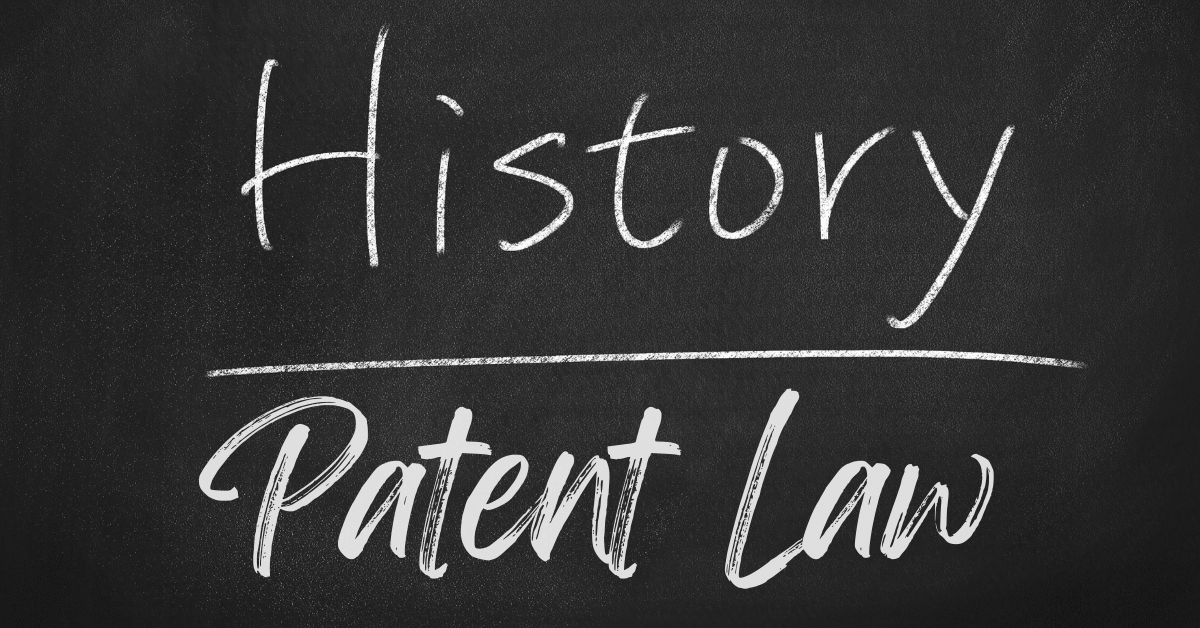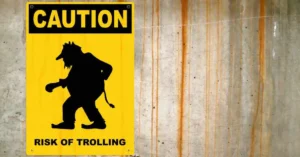History is a repository of invaluable lessons, and when it comes to the evolution of patent law, exploring its past offers deep insights. Understanding the history of patent law will help you see how the world’s patent law has changed in the past few centuries.
So, this article will focus on the history and development of patent law, including the concept origin, also international conventions and treaties. If you want to learn about the basic patent law concept, please read Get to Know Simple Patents and Patents.
The History of Patent Law
Initially, the concept of patent law originated from the concept of granting monopoly rights as incentives for innovation. At that time, patents were simple documents.
Today, they are more intricate and detailed, reflecting advancements in technology and legal frameworks. Nowadays, there is also a professional Patent Service to help inventors protect their rights. You can contact or explore the insights and services before relying on them.
The concept of patents can be traced back to ancient times when market monopolies were granted to encourage innovation. In England, during the reign of James I, trading monopolies were awarded as a form of state patronage.
However, formal patent laws did not begin to emerge until the 17th century, with the Statutes of Monopolies in the UK laying the groundwork for modern patent systems.
Over time, the patent system evolved to accommodate the changing needs of society and technology. The introduction of patent specifications in the 18th century marked a significant development, as inventors were required to file detailed statements of their inventions.
International Conventions and Treaties
International cooperation played a crucial role in shaping the history of patent law. Here are several conventions and treaties that have crucial in shaping patent lawfield:
-
The European Patent Convention (EPC)
The EPC, established in 1973, provides a centralized system for granting European patents. It allows applicants to protect their inventions in multiple European countries through a single application process.
As the name suggests, this convention aims to streamline patent procedures and promote innovation across Europe.
-
Community Patent Convention
Initially proposed to establish a unified patent system in Europe, the Community Patent Convention was signed in 1975 but never came into force.
It sought to create a single community patent, simplifying the process for patent holders and ensuring consistency in patent protection across member states.
-
Patent Cooperation Treaty
Signed in 1970 and operated since 1978, it facilitates international patent applications and preliminary examinations. While it streamlines the initial application process, the ultimate grant of patents remains within the jurisdiction of national patent offices.
The PCT significantly reduces costs and administrative burdens for patent applicants seeking protection in multiple countries.
-
Trade Related Intellectual Property rights (TRIPs)
TRIPs, established as part of the World Trade Organization (WTO) agreements, set standards for intellectual property protection, including patents. It was negotiated from 1986 to 1994.
It imposes obligations on member states to adhere to minimum standards for patent protection, harmonizing patent laws globally. Also, it aims to strike a balance between promoting innovation and ensuring access to essential goods and technologies.
-
Rio Convention on Biological Diversity
This convention, signed in 1992, addresses concerns over the exploitation of biological resources, particularly by developed nations.
It provides a framework for preserving biodiversity, protecting traditional knowledge, and ensuring equitable benefit-sharing. This convention underscores the importance of sustainable use of biological resources and the protection of indigenous rights.
Recent Developments in the Field of Patents
To delve more into the history of patent law, now let’s check out the recent developments within this field:
-
Initiatives of the European Community
One notable initiative from the European Community is the introduction of supplementary protection certificates, extending patent protection for up to five years to compensate for delays in utilizing patent rights.
Additionally, the European Community has addressed the patentability and scope of protection for biotechnological inventions through directives and regulations, establishing frameworks for compulsory licenses and cross-licenses.
-
Patent System and Bio-Technology
With the rapid advancement of biotechnology, the history of patent law and systems has undergone adaptations to accommodate new innovations.
Stricter requirements for patent registration, including detailed explanations and stricter disclosure requirements, have been implemented to ensure the validity and effectiveness of patents in the biotechnology sector.
Moreover, the patentability of biological research depends on whether resulting products and processes are treated as discoveries or inventions, with emphasis on technical changes and processes developed through technical means.
-
Animal Varieties
While Article 4 of the While Article 4 of the Directive 98/44/EC of the European Parliament and of the Council of 6 July 1998 on the legal protection of biotechnological inventions, also known as the Biotechnology Directive, excludes animal varieties from patentability, exceptions are made if the technical feasibility of the invention extends beyond a specific animal variety. excludes animal varieties from patentability, exceptions are made if the technical feasibility of the invention extends beyond a specific animal variety.
This nuanced approach aims to balance innovation with ethical considerations regarding the patenting of living organisms.
-
Plant Varieties
Similarly, patent law has addressed the patentability of plant varieties. Article 4(1) of the Biotechnology Directive excludes plant varieties from patentability, yet exceptions exist if the invention’s technical feasibility transcends specific plant varieties.
Recent jurisprudence such as UU No. 29 of 2000 in Indonesia confirms these exceptions and exemptions, ensuring coherence between patent law and regulations governing plant varieties.
-
Patents and Computer Related Inventions
While computer programs are generally excluded from patentability, inventions incorporating computer programs now may be patentable if they demonstrate technical innovation.
However, recent court decisions have underscored the distinction between patentable computer-related inventions and mere software programs, emphasizing the necessity of technical effects for patent eligibility.
Current International and National Updates in Patent Law
Now that you understand the brief overview of the history of patent law, let’s explore the current international updates:
- WIPO incorporated additional classification schemes for traditional knowledge-based inventions and business method patents into an international system to facilitate the search and retrieval of patent information.
- OECD hosted a conference on the importance of intellectual property rights (IPR), innovation, and economic performance, focusing on the patenting and licensing activities of public research organizations in OECD countries.
- A WIPO conference highlighted the significance of statistics on patenting trends analysis and projections, underlining the importance of data in understanding patenting dynamics and future developments.
Meanwhile, in Indonesia, the national patent law has undergone significant updates over the years. The first Patent Law, Law No. 6/1989, was introduced in 1991. However, with Indonesia’s ratification of the TRIPs agreement, this law was revised with Law No. 13/1997.
Then, further changes occurred with the passing of Law No. 14/2001, effective from August 1, 2001, aiming to accommodate rapid technological advancements and align with TRIPs provisions.
Finally, in August 2016, Law No. 14/2001 was developed and replaced by Law No. 13/2016 on Patents to address evolving national and international legal landscapes.
As the history of patent law continues, it’s essential to seek guidance from seasoned experts like Am Badar & Am Badar‘s Patent Service. Contact us or explore our Insights and Services. Also, read the History of Trademark Laws in Indonesia for more insightful information.
Reviewed by Nabil Argya Yusuf






